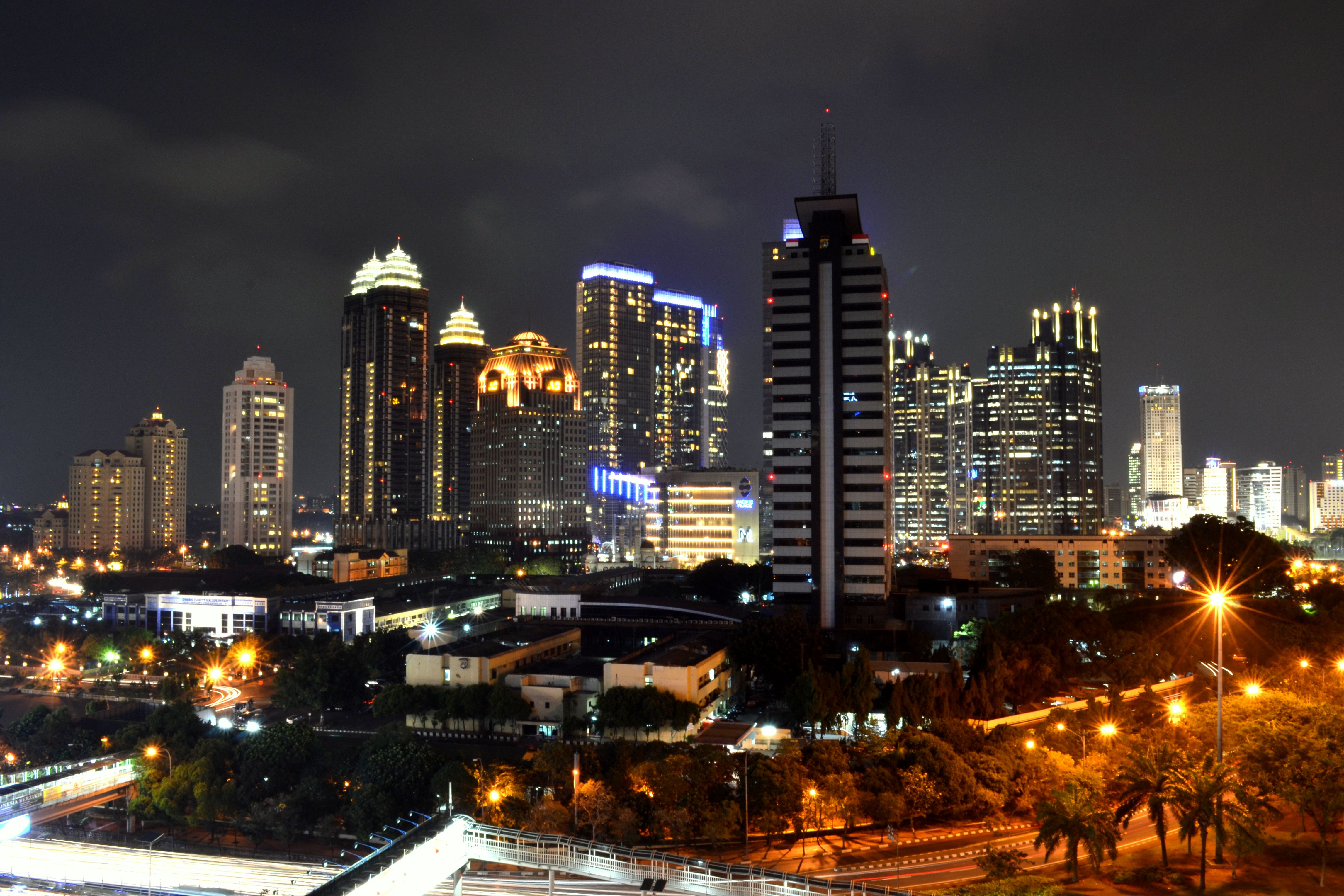|
Jakarta Kota Railway Station
Jakarta Kota Station (, station code: JAKK) is a railway station, located in the old city core of Kota, Jakarta, Indonesia. The station was named ''Batavia Zuid'' (or ''South Batavia'') until the beginning of the 20th century. The station was also popularly known as the Beos Station as an abbreviation of the station's former owner ''Bataviasche Oosterspoorweg Maatschapij'' (BOS). Jakarta Kota Station serves as a main station, along with Gambir Station, Jatinegara Station, and Pasar Senen Station, for several intercity train lines across Java island. This station also serves two of the five KRL Commuterline train lines, which operate in the Jakarta metropolitan area. History The first station was built in 1887 by the BOS, a private railway company. The station was named ''Batavia Zuid'' (''South Batavia'') to distinguish it from the older ''Batavia Noord'' (''North Batavia'') station (owned by the Nederlandsch-Indische Spoorweg Maatschappij, another private railway company), ... [...More Info...] [...Related Items...] OR: [Wikipedia] [Google] [Baidu] |
KRL Commuterline
KRL Commuterline, or commonly known as Commuterline, is a commuter rail system for Greater Jakarta in Indonesia. It was previously known as KRL Jabodetabek. It is operated by PT KAI Commuter Indonesia (KAI Commuter/KCI), a subsidiary of the Indonesian national railway company PT Kereta Api Indonesia (KAI). The rail system uses rolling stock of rapid transit standard and operates at high frequency with a minimum headway. In 2019, the average number of KRL users per day reaches average of 1.04 million, with the record of the highest number of users served in a day being 1,154,080. "KRL" itself stands for "Kereta Rel Listrik" (literally "electric rail train" or "electric railcar"), a term for an electric multiple unit train. History Colonial era In 1917, a plan to introduce electrified railway in Batavia was made by Dutch colonial railway company Staatsspoorwegen. A railway between Tanjung Priok to ''Meester Cornelis'' (Jatinegara) was the first line to be electrified. The con ... [...More Info...] [...Related Items...] OR: [Wikipedia] [Google] [Baidu] |
Jabodetabek
The Jakarta metropolitan area or Greater Jakarta, known locally as Jabodetabek (an acronym of Jakarta–Bogor–Depok–Tangerang–Bekasi), and sometimes extended to Jabodetabekjur (with the acronym extended to include part of Cianjur Regency), or Jabodetabekpunjur (further extended to include Puncak and the Cipanas district), is the most populous metropolitan area in Indonesia. It includes the national capital (Jakarta Special Capital Region, as the core city) as well as five satellite cities and three complete regencies. The original term "Jabotabek" dated from the late 1970s and was revised to "Jabodetabek" in 1999 when "De" (for "Depok") was inserted into the name following its formation. The term "Jabodetabekjur" or "Jabodetabekpunjur" was legalised on the Presidential Regulation Number 54 of 2008, although the name Jabodetabek is more commonly used. The area comprises Jakarta Special Capital Region and parts of West Java and Banten provinces, specifically the three rege ... [...More Info...] [...Related Items...] OR: [Wikipedia] [Google] [Baidu] |
Art Deco
Art Deco, short for the French ''Arts Décoratifs'', and sometimes just called Deco, is a style of visual arts, architecture, and product design, that first appeared in France in the 1910s (just before World War I), and flourished in the United States and Europe during the 1920s and 1930s. Through styling and design of the exterior and interior of anything from large structures to small objects, including how people look (clothing, fashion and jewelry), Art Deco has influenced bridges, buildings (from skyscrapers to cinemas), ships, ocean liners, trains, cars, trucks, buses, furniture, and everyday objects like radios and vacuum cleaners. It got its name after the 1925 Exposition internationale des arts décoratifs et industriels modernes (International Exhibition of Modern Decorative and Industrial Arts) held in Paris. Art Deco combined modern styles with fine craftsmanship and rich materials. During its heyday, it represented luxury, glamour, exuberance, and faith in socia ... [...More Info...] [...Related Items...] OR: [Wikipedia] [Google] [Baidu] |
Frans Johan Louwrens Ghijsels
Frans Johan Louwrens Ghijsels (8 September 1882 in Tulungagung – 2 March 1947 in Overveen, Bloemendaal) was a Dutch architect and urban planner who worked in the Netherlands and the Dutch Indies. Ghijsels was the founder of AIA, the biggest architecture consultant in the Dutch Indies. He was one of the instrumental architects in developing a Colonial architecture of Indonesia, modern style characteristic of the Dutch Indies. Biography In the year 1903 Ghijsels studied at the Delft University of Technology, polytechnic in Delft, where some of his fellow students included several future East Indies architects, Thomas Karsten and Henri Maclaine Pont among them. After his academic study in 1909, his first appointment was as a government architectural supervisor in Amsterdam under the firm of GA van Arkel (1910). In the same ,year he married Johanna Elisabeth Antonia de Regt in Rotterdam. By the end of September 1910, Ghijsels was accepted for the post of engineer by the Departmen ... [...More Info...] [...Related Items...] OR: [Wikipedia] [Google] [Baidu] |
Landmark
A landmark is a recognizable natural or artificial feature used for navigation, a feature that stands out from its near environment and is often visible from long distances. In modern use, the term can also be applied to smaller structures or features, that have become local or national symbols. Etymology In old English the word ''landmearc'' (from ''land'' + ''mearc'' (mark)) was used to describe a boundary marker, an "object set up to mark the boundaries of a kingdom, estate, etc.". Starting from approx. 1560, this understanding of landmark was replaced by a more general one. A landmark became a "conspicuous object in a landscape". A ''landmark'' literally meant a geographic feature used by explorers and others to find their way back or through an area. For example, the Table Mountain near Cape Town, South Africa is used as the landmark to help sailors to navigate around southern tip of Africa during the Age of Exploration. Artificial structures are also sometimes built to a ... [...More Info...] [...Related Items...] OR: [Wikipedia] [Google] [Baidu] |


_interior.jpg)

